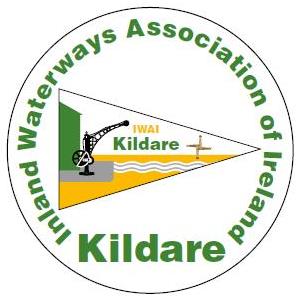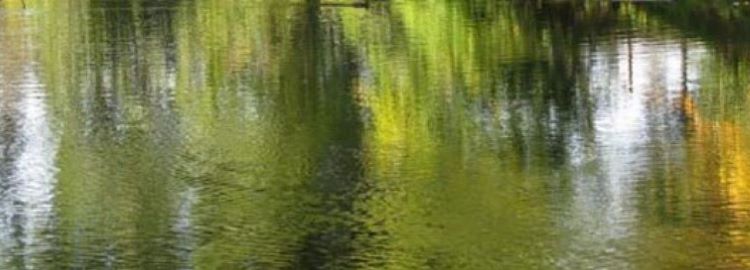Threats to the biodiversity within our canals – by Alan Booth
Construction of the canals originally commenced in the mid to late 1700’s, where they were to be used for passenger services and for freight. Although the freight services have since ceased, the canals are still used by the general public today.
With their slow flow and gentle gradient, the canals offer hundreds of kilometres of habitat, perfect conditions for a diverse range of species. We have all gone for a walk; taking in the smell of water mint, seeing the vibrant pink colours of the willowherb and listening to the buzzing of the bees dashing from flower to flower or the beat of the dragonflies’ wings as they snatch flies out of the air. Fishermen can utilise the rich coarse fishery habitat while boats and kayaks can avail of the slow, peaceful flow.
Invasive weed species such as Canadian Pondweed (Elodea canadensis), Parrots Feather (Myriophyllum aquaticum) and Curly Leaved Waterweed (Lagarosiphon major), to name a few have taken over our canals by outcompeting native species, and if uncontrolled, can cause devastating effects. Excessive growth can lead to fish stunting and overpopulation, which occurs because the production of too much habitat prevents effective feeding of small fish by larger fish. Overpopulation of these fish species can cause excessive nutrient input to the canals and deoxygenate the waters.
Aquatic weeds can also cause fish kills as they take oxygen out of the water. For example, plants at night respire (take up oxygen) without producing it. As the plants die and decompose, microbial action also contributes to deoxygenation of the water, and the production of algal blooms.
Excessive weed growth impedes water flow and causes flooding. It also causes sedimentation as they start to decompose, which can shade out the aquatic environment and inhibit the species which depend on the penetration of light below the surface. This shading also affects the temperature regulation as a result. The deposition of weeds, as well as sediment and debris, can cause the gradual filling in of bodies of water and can impact on the spawning habitat for fish as the silt smothers the eggs.
As most of the invasive weed species are shallow rooting, they fail to help in the stabilisation of sediment on the canal bed, as a result there is no retention of sediment for native plant species to root. These native plant species are crucial for our wildlife which have evolved by utilising them as food and for habitat in which to lay their eggs. Invasive weeds on banksides, such as Himalayan Balsam (Impatiens glandulifera) are also problematic in this regard. It competes with native plants for light, nutrients, pollinators and space, excluding other plants and reducing biodiversity. It then dies back in the winter, leaving banks bare and open to erosion. As with the in-stream vegetation, dead leaves and plant debris from the weed, block the waterways and lead to flooding.
The canals offer hundreds of kilometres of diverse habitat for aquatic and amphibian species. It is essential that there is a plan in place for regular maintenance, for as well as causing problems for boaters, it can also have serous negative consequences on the wildlife which resides in them.
IWAI Kildare thank Alan Booth for permission to add this piece to our website. It first appeared in the IWAI’s Inland Waterways News, Autumn 2021 edition. Alan is an ecologist carrying out a range of invasive, mammal, aquatic, terrestrial and ornithological surveys.
To assist in ridding our canals of these invaders, please report your sightings to:
More information is available at Biodiversity Ireland, Invasive Species Ireland, Habitat Directive for Planners, Nav Watch Report 2020

